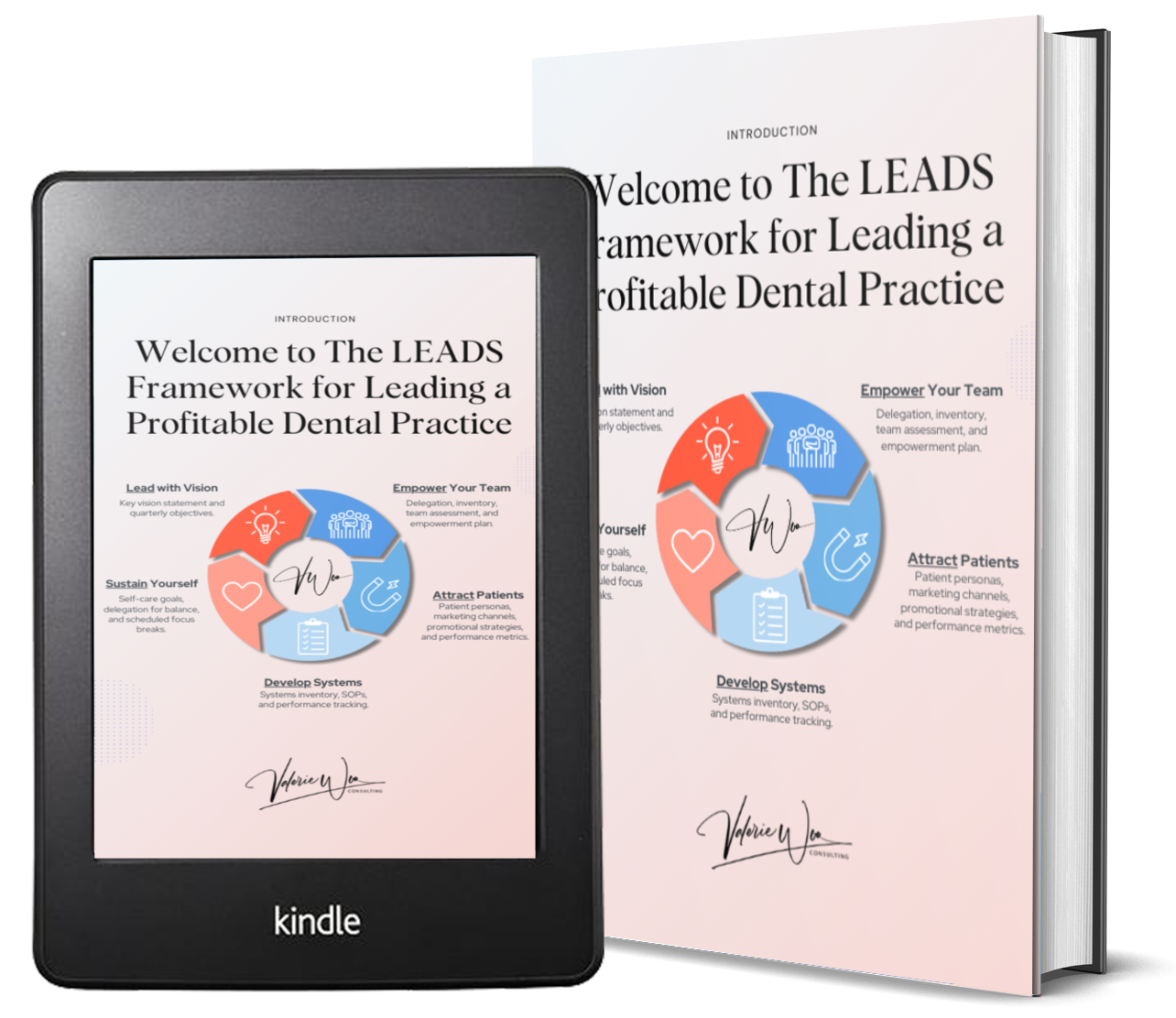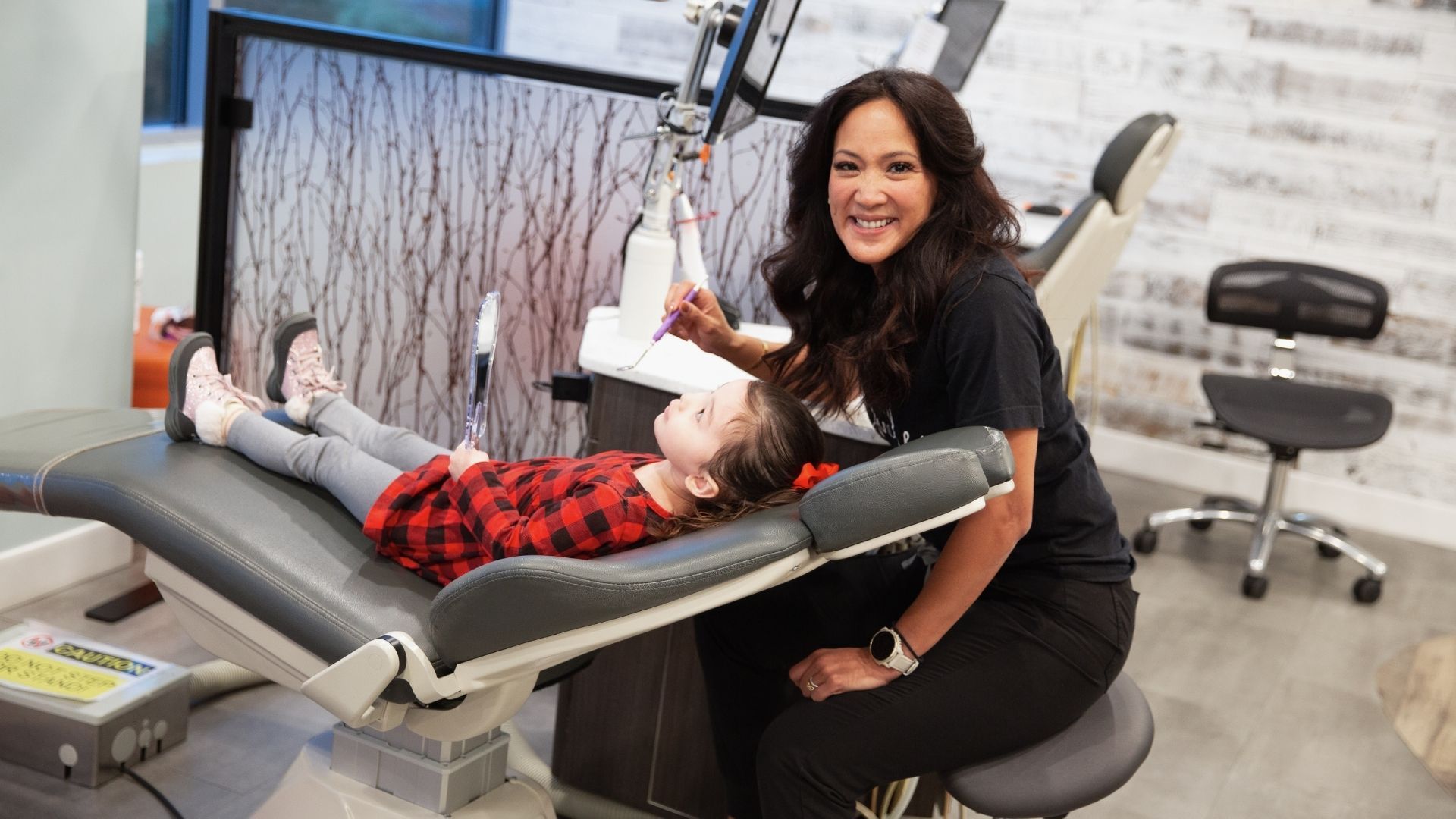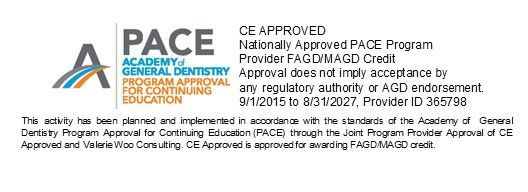Prioritize Wellness as a Dental Practice Owner
How dental owners can understand rest, boost productivity, stay calm, build sustainability in practice leadership & wellness.
Understanding Rest vs Burning Out
As a dental practice owner, you may think rest is something you “get to” after you’ve burned out: once all the emergencies are handled, once every patient is scheduled, once the books are balanced, once you’ve worked through all nights you could. But the problem is so many of us operate as though rest is a reward, rather than a necessity.
We wear many hats: clinician, business owner, manager, parent or partner, financial steward, community member. Because of that, rest gets pushed off. We rationalize that rest only comes when everything else is done. But that outlook makes rest rare, fragmented, and often ineffective.
To be mindful of rest means learning to recognize that rest isn’t just sleep, or time off. It’s a state of physical, mental, emotional recovery. It's a conscious turning away from tasks, demands, and roles that deplete you, and making room for restoration. It’s especially hard in dental practices, where patient care, emergencies, staff issues, administrative demands, regulatory compliance, and financial pressures all compete. Awareness of rest, and making it a priority, doesn’t mean being lazy. It means ensuring longevity.
Why Rest Is Necessary to Be Your Best & Maximize Productivity
We often assume that more hours = more done. But multiple studies show that beyond a certain point, working more hours leads not to increased output, but to declining productivity and higher error rates.
- A recent large‐scale study of Korean workers found that individuals working
52 hours or more per week had significantly more health‐related productivity loss compared to those working fewer hours.
National Library of Medicine
- Stanford researchers have pointed out that productivity drops sharply after about
50 hours/week — additional time yields diminishing returns, and after about 55-60 hours, extra hours may produce almost no net gain.
TimeCamp
- Overwork also correlates with burnout, fatigue, and impaired decision making. Long hours stress the mind and body, increasing mistakes, reducing creativity, and lowering satisfaction — which, in turn, undermines business performance, staff morale, and patient care.
Forbes
As a practice owner, your best output is not in your busiest moment of exhaustion, but in the moments when you are rested enough to focus, to lead clearly, to make fewer mistakes, to connect with staff and patients meaningfully. Rest boosts quality, reduces costly errors (in both clinical and business operations), improves staff retention, and supports sustainable growth.
How Prioritizing Wellness Helps You Be More Present, Peaceful, and Calm
When you commit to wellness — rest, balance, recovery — three things shift:
Presence
When you aren’t carrying exhaustion, anxiety, or a sense of being behind, you can fully show up. With staff, with patients, with your family. You listen better, you connect more deeply. Patients notice when you are calm and present; it builds trust.
Peace
Wellness practices (rest, boundaries, self-care) give you a refuge or buffer. They reduce the “noise” of constant stress. They allow you to catch your breath, notice what’s working, what’s not, and to reset. Over time that reduces the internal tension that often leads to burnout, rash decisions, or neglect of long-term goals.
Calm
A calmer mind is a more effective leader. One who handles crises without panic, communicates clearly, and maintains perspective. When you are rested, you are less reactive, less impulsive. Your staff see steadiness. Decision-making improves. The office culture becomes less about scrambling and more about planning, less about crisis and more about progress.
All of this amplifies productivity — not by squeezing more hours out of your schedule, but by improving the quality of each hour, improving relationships, reducing turnover, and lowering the cost of mistakes or reworks.
To Understand Rest, You Must Understand Sustainability & the LEADS Framework’s 5th Pillar
Here is where we dig into models that give structure to rest and wellness. At the core of sustainable personal and practice leadership is the idea that you are building something that lasts — not something that burns brightly and burns out. In our LEADS framework, the 5th pillar is Sustainability: ensuring that your practice, your life, and your energy are maintained over time, without collapse.
What the Sustainability Model Means
Sustainability in this context involves multiple dimensions:
- Physical sustainability: health, sleep, nutrition, exercise, movement.
- Mental / cognitive sustainability: rest for the mind, recovery from decision fatigue, learning to manage distractions.
- Emotional sustainability: having emotional support, capacity to process stress, maintaining healthy relationships.
- Professional / business sustainability: systems, delegation, scaling so that the burden isn’t only on you.
- Life sustainability: integrating roles (owner, clinician, family, partner, community) so you’re not chronically neglecting one for another.
Without this kind of sustainability, rest is piecemeal, reactive, fragile. But with it, rest becomes built in, recurring, protected.
The Wellness Wheel
One excellent tool to help you grasp sustainability is the Wellness Wheel. It looks like a circle divided into multiple dimensions of wellbeing (physical, emotional, intellectual, social, spiritual, occupational/professional, environmental, financial, etc.
You can use the Wellness Wheel to:
- Assess where you feel low or neglected (e.g. you might score high on occupational but low on social or spiritual).
- Visualize imbalance: noticing that if one slice of the wheel is weak, the others tend to suffer (e.g. low physical rest leads to poor emotional regulation, which leads to worse professional burnout).
- Set concrete goals: for example, commit to improving one or two slices per quarter, perhaps adding a rest habit, or scheduling weekly “off” time, or a longer vacation, or better sleep hygiene.
Free Resource (Bonus)
For those who want to explore a refined version of sustainability tools, the wellness wheel, and self-assessment resources, there is a free resource available here: University of New Hampshire Extension DataHubs Wellness & Well-Being Wheels — this can help you map out current states and see what needs attention.
Where to Go Next
If you’re ready to put wellness into practice in your dental business, I’d encourage you to check out more tools, guides, and support at: DrValerieWoo.com/leverage.
There you’ll find resources tailored to dental practice owners: how to build rest into your schedule, how to delegate and systematize, how to lead with clarity and presence while preserving your well-being.













